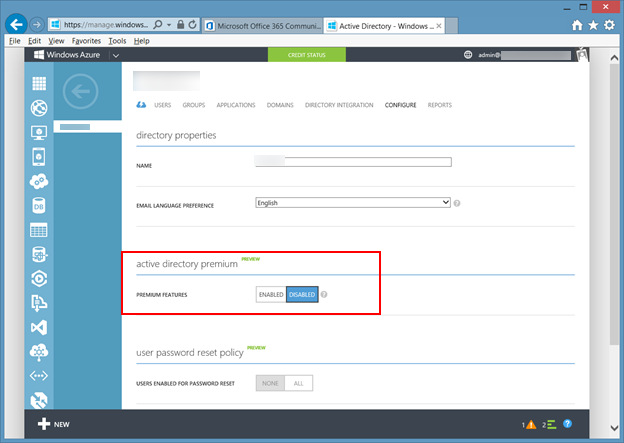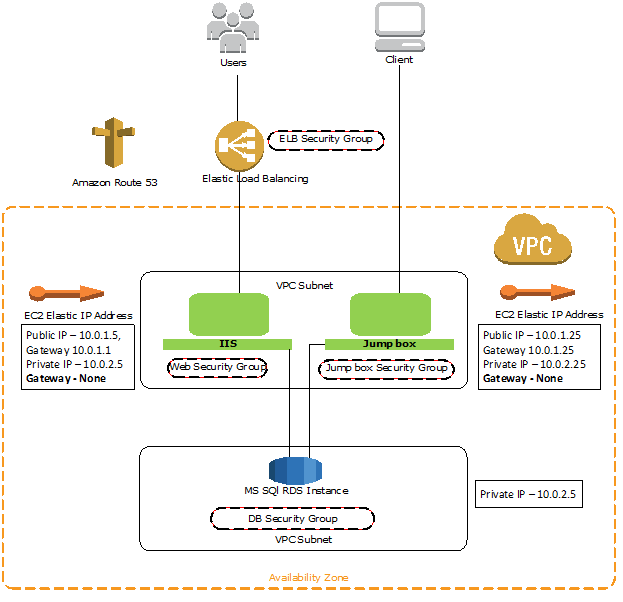Windows Azure Self-Service Management with System Center App Controller
Windows Azure empowers everyone access to world-class Cloud computing and its potential. Few questions came up from enterprises:
- How do we delegate authority on my Enterprise Azure subscription?
- How do we create a user role with the authority to carry out specific tasks?
- How do we provide self-service portal with Active Directory integration?
App Controller can be the answer for all the questions above. App Controller is one of the System Center family products. App Controller provides a single interface for admins to manage both public and private clouds.… [Keep reading] “Windows Azure Self-Service Management with System Center App Controller”


 to be mindful of.
to be mindful of.